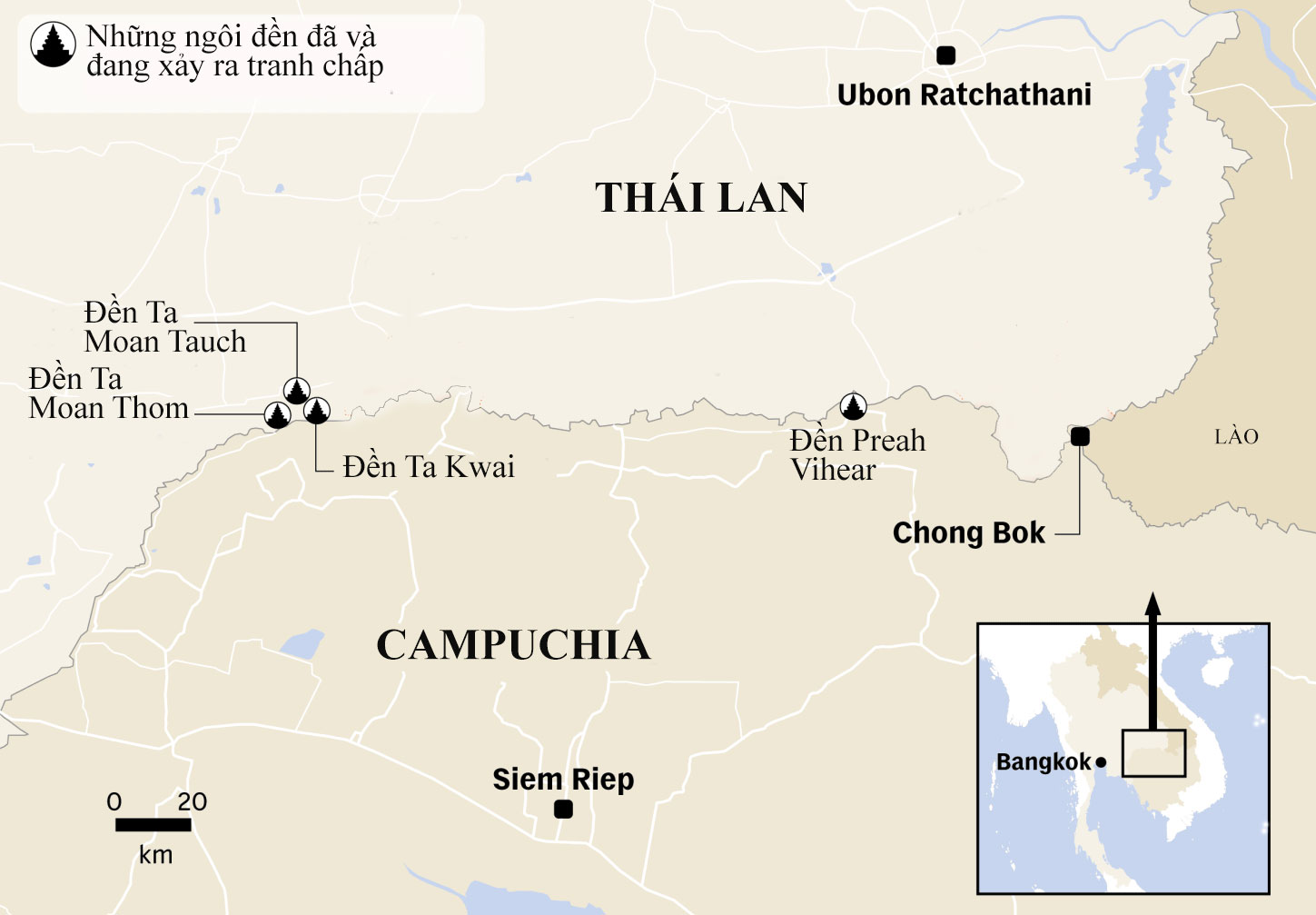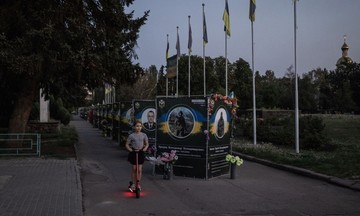On 25/7, Cambodian defense ministry spokesperson Maly Socheata stated that Thai forces had attacked seven locations in Cambodia, including the use of cluster bombs at two sites. Cambodian officials deemed the attacks a "violation of international law, including the Convention on Cluster Munitions (CCM)."
Thai military spokesperson Winthai Suwaree confirmed the use of cluster bombs, asserting that they were "only used when necessary against military targets to increase their destructive capability."
"When the bomb hits its target, the submunitions inside detonate sequentially. However, submunitions are not anti-personnel mines and do not cause long-term harm to civilians," he said, adding that Thailand is not a signatory to the CCM and is not bound by its restrictions.
 |
A Thai F-16 fighter jet drops bombs during a training exercise on 17/7. Photo: Royal Thai Air Force |
A Thai F-16 fighter jet drops bombs during a training exercise on 17/7. Photo: Royal Thai Air Force
Cluster munitions, delivered by bombs, artillery shells, rockets, and missiles, typically scatter dozens or even hundreds of submunitions over a target area. This mechanism increases their destructive area compared to conventional high-explosive munitions.
However, submunitions have a failure rate, leaving unexploded ordnance scattered across wide areas without mapping. These unexploded submunitions can remain active and detonate upon contact, even years after the conflict has ended.
Reuters estimates that 60% of cluster munition casualties occur during everyday activities. One-third of all cluster bomb victims are children, often mistaking the submunitions for toys.
Due to the inherent danger of cluster munitions, over 120 countries have signed the CCM, which prohibits their production, stockpiling, use, and transfer. Approximately 99% of the world's cluster bomb stockpile has been destroyed since the CCM came into effect in 2008.
Neither Cambodia nor Thailand is a party to the convention.
 |
The location of the Ta Moan Thom temple and other disputed temples between Cambodia and Thailand. Graphic: CNA |
The location of the Ta Moan Thom temple and other disputed temples between Cambodia and Thailand. Graphic: CNA
Tensions between Cambodia and Thailand escalated on 23/7, with fighting erupting near the Ta Moan Thom temple on the morning of 24/7 and subsequently spreading to other areas along the border. Both sides exchanged heavy artillery fire and accused each other of initiating the hostilities.
This is the most serious clash between the two neighbors in over a decade. Thai officials report 20 fatalities, including 14 civilians and six soldiers, with dozens injured. The Cambodian defense ministry reported 13 deaths and at least 71 injuries.
Following a closed-door meeting of the UN Security Council on 25/7 regarding the border conflict, Cambodian ambassador Chhea Keo called for an immediate and unconditional ceasefire and a peaceful resolution to the dispute.
Prior to the meeting, Thai foreign ministry spokesperson Nikorndej Balankura noted signs of de-escalation in the fighting since the afternoon of 25/7. He affirmed Thailand's willingness to negotiate, potentially with the assistance of Malaysia, the current ASEAN chair.
Nguyen Tien (Nation, Khmer Times, AFP, AP)












